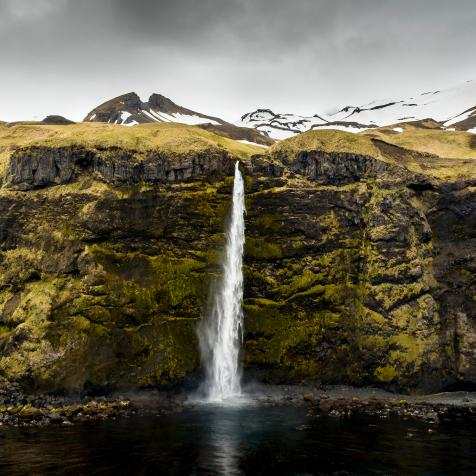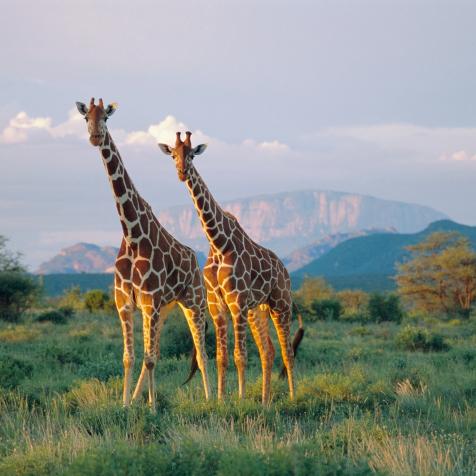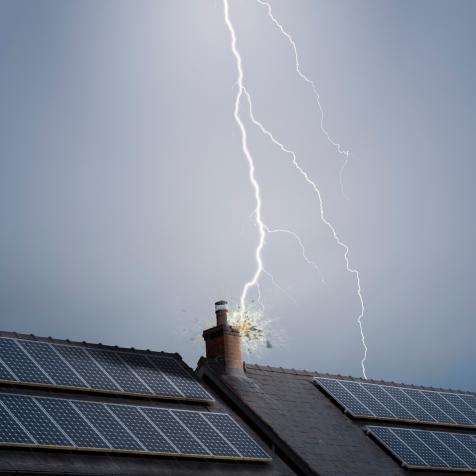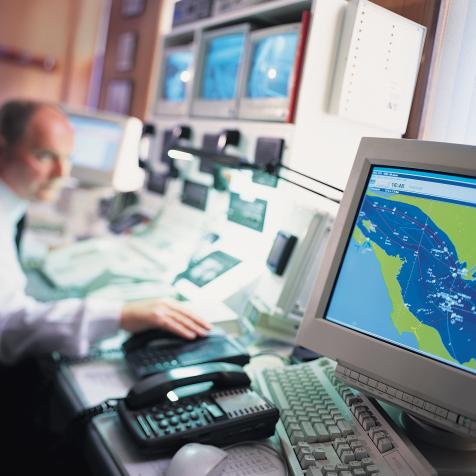
Andrew Merry
Extreme Weather: Climate Change is Fueling Storms, Heat Waves, and Flooding
Extreme weather is one of the most striking ways that people experience climate change. Greenhouse gases emitted by industry and other human activities trap heat in the atmosphere, causing climatic extremes including heat waves, droughts, storms and flooding. In 2020, extreme weather events caused damage in excess of $100 billion.
Heat is one of the most destructive weather hazards. According to US national statistics, heat causes more fatalities than any other and as the climate warms back-to-back, heat waves are likely to accelerate, causing dramatic rises in deaths. Drought, caused by plants losing moisture and soil drying out, then damages crops and food harvests and makes wildfires more likely. Between 2000 and 2015, up to 70 per cent of US land area was abnormally dry each year.

sarote pruksachat
Rising temperatures make dry areas drier–the decade of global land and ocean surface temperature averages from 2011 to 2020 was the warmest on record–but wet areas experience more heavy downpours and flooding. This is because the warming atmosphere holds more moisture in the form of water vapor, and the result is more intense rainfall.
Flooding in coastal areas also accelerates as ice melts from mountain glaciers and the polar caps, and higher temperatures swell the volume of the oceans. Sea level is rising almost everywhere, says NASA, and it is accelerating.
Storm surges caused by severe storms and hurricanes will also become more frequent in coastal areas. Weather disasters broke new records in 2020, with more than 50 causing at least one billion dollars worth of damage. Hurricanes and severe thunderstorms were among the costliest ever, and 80 per cent of the world’s worst damage occurred in the US.

MathieuRivrin
Climate change is making hurricane forces stronger across the planet and increasing their numbers at intensity category three and above. Thoughts on what makes up a ‘normal’ hurricane season are being revised, and US scientists say that storms will occur earlier with more frequency. Winter storms with heavy snowfall are also more likely.
The US has sustained more than 290 billion dollar-plus weather and climate disasters since 1980, totaling more than $1.9 trillion in damage. Climate change will likely cost the US less than other world regions by 2050–Africa will be one of the worst-hit regions–but the total global cost is estimated to be $8 trillion.
Predicting atmospheric and weather conditions so that countries can adapt while cutting greenhouse gas emissions will be paramount. Advanced modeling and predictive analysis using historical data will help, says Renny Vandewege, vice-president of weather operations at DTN.

Krashkraft Vincent
The company gathers variables including air temperature, humidity, wind speed and direction, as well as satellite imagery to predict wildfire outbreaks, and is developing artificial intelligence and machine learning models for flooding and tropical storms. “Knowing the likelihood of heavy rains, heatwaves, hurricanes and wildfires can help those who manage utilities, transportation and infrastructure to prepare with more time and accuracy,” he said.
“For example, an AI algorithm using historical data of past flooding events overlaid with satellite and geodata allows a city manager to assess the probability and extent of flooding, identify affected areas and inaccessible roads and give information on possible escape routes, schedule and position response crews and reduce recovery efforts.”
Real-time AI weather analytics can also help power companies predict loads and where outages might occur, help shipping or air transport companies route around bad weather and reduce fuel consumption, and maintenance crews target cold weather treatment for road networks using fewer harmful chemicals.

john finney photography
Meanwhile, adaptations such as planting mangrove forests near vulnerable coastal communities creates natural shelter from storms and tidal surges, as well as storing carbon. These types of protective measures are going to be crucial in dealing with the extreme weather events to come as climate change continues.















